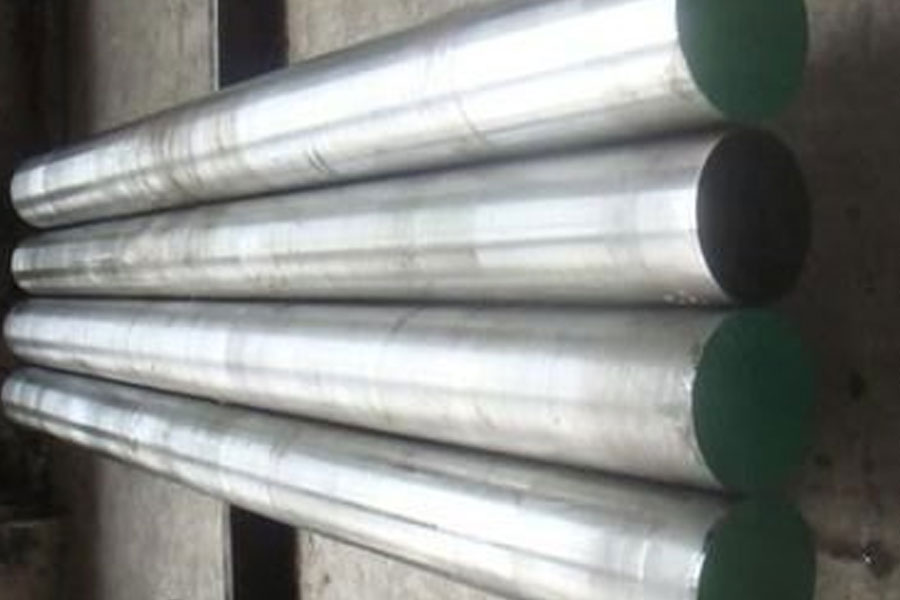CNC lathe clamping is an important part of the workpiece clamping process. After the workpiece is positioned, the clamping force must be generated by a certain mechanism to press the workpiece against the positioning element to maintain the accurate positioning position. It will not be generated due to the effects of cutting force, workpiece gravity, CNC lathe centrifugal force or inertial force. Position change and vibration to ensure processing accuracy and safe operation. This mechanism for generating clamping force is called clamping device.
The basic requirements of the clamping device
1. The clamping process is reliable and does not change the correct position occupied by the workpiece after positioning.
2. The size of clamping force is appropriate, not only to ensure that the position of the workpiece during processing is stable and small, but also to avoid excessive clamping deformation of the workpiece.
3. The operation is simple, convenient, labor-saving and safe.
4. The structure is good, the structure of the clamping device strives to be simple and compact, which is convenient for manufacturing and maintenance.
Estimation of clamping force
The size of the clamping force has a great relationship with the reliability of the workpiece installation, the deformation of the workpiece and fixture CNC lathe, and the complexity of the clamping mechanism. During processing, the workpiece is subjected to cutting forces, centrifugal forces, inertial forces, and the gravity of the workpiece itself. In general, when CNC lathes process small and medium workpieces, the cutting force (moment) plays a decisive role. When processing heavy and large workpieces, the role of workpiece gravity must be considered. When the workpiece is processed under high-speed motion, the influence of centrifugal force or inertial force on the clamping effect cannot be ignored. In addition, the cutting force itself is a dynamic load, which also changes during the machining process. The clamping force is also related to factors such as the rigidity of the process system and the transmission efficiency of the clamping mechanism. Therefore, the calculation of the clamping force is a very complicated problem, and generally only a rough estimate can be made. For the sake of simplicity, when determining the clamping force at low speed machining, only the influence of cutting force (moment) on clamping can be considered, and it is assumed that the CNC lathe process system is rigid and the cutting process is stable. In the most unfavorable transient state, the size of the clamping force is obtained according to the static balance principle, and then multiplied by the safety factor as the actual required clamping force, that is:
Fj = kF
Where Fj—actual required clamping force;
F—Under certain conditions, the clamping force calculated according to the static balance;
K—Safety factor, considering changes in cutting force and deformation of the process system.
In practical applications of CNC lathes, it is not necessary to calculate the clamping force in all cases. Manual clamping mechanisms generally determine clamping force based on experience or analogy. If you really need to calculate the clamping force more accurately, you can use the above method to calculate the clamping force
